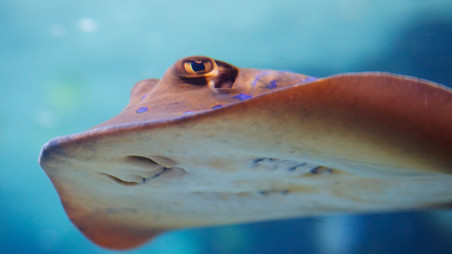53 more species of shark, ray fish listed as endangered aquatic life
With this, the number of endangered species of sharks and ray fish has now reached 84

The government has stepped in to save sea creatures such as sharks and ray fish, which are frequently poached owing to the high commercial value of fins, gill plates and skin in the international market.
The environment, forest and climate change ministry on 22 September listed 53 more species of shark and ray fish as endangered aquatic life by amending the Wildlife (Conservation and Security) Act-2012.
With this, the number of endangered species of sharks and ray fish has now reached 84, according to the Forest Department.
Mollah Rezaul Karim, conservator of forests at Wildlife and Nature Conservation Circle at the Forest Department, told The Business Standard, "The list has been updated to conserve endangered marine life and their habitats."
"We earlier were indifferent to safeguarding marine resources because we did not have much knowledge about it," he said.
"For instance, dry shark and ray fish sell at Tk200-Tk250 in Bangladesh's local market, while other countries sell soup made from sharks collected from us at $22-25."
The government has now taken many initiatives to protect aquatic animals, he added.
Wildlife experts advocate for identifying species in peril and raising awareness among fishermen, traders and consumers. In this way, illegal poaching of sea creatures can be stopped.
According to the Forest Department, there are 116 species of sharks and rayfish in the Bay of Bengal. Half of it is now under threat because the trend of poaching such marine creatures has risen owing to the high prices of their fins, gill plates, and skins in the international market.
As stated in a 2019 survey by TRAFFIC, an international research organization working to conserve animals and plants, 18% of the world's shark and ray fish species are endangered.
Some 3,33,952 tonnes of sharks and rayfish are caught every year in the top 20 countries around the world.
Comments